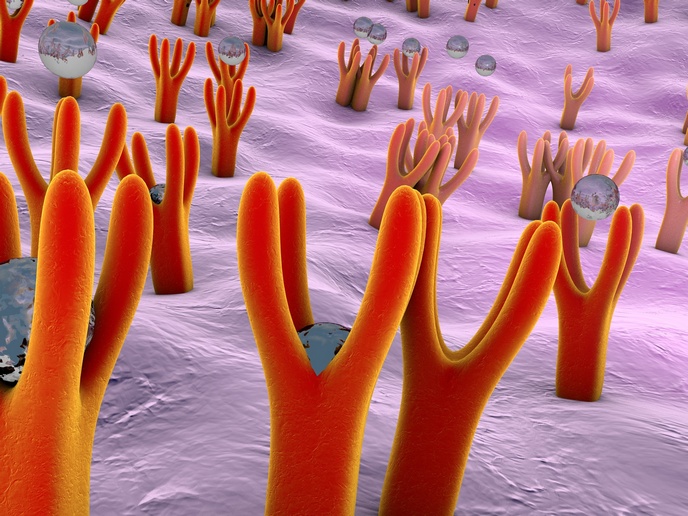Enhancing technologies for biomolecular study
Nuclear magnetic resonance (NMR) spectroscopy is a research technique used to investigate the properties of organic molecules. It exploits the magnetic properties of certain nuclei to provide detailed information about the structure, dynamics and chemical environment of molecules. Its potential in determining biomolecular interactions has geared scientists towards extensively researching and improving NMR technology. The main objective of the EU-funded 'Extending NMR for functional and structural genomics' (Extend-NMR) project was to develop novel computational tools that extend the use of NMR technology to the structural study of proteins and other molecular complexes that cannot be crystallised. Additionally, the consortium aimed at improving existing tools for the identification and quantifications of NMR signals. Team members implemented computational algorithms and statistical tools in a common framework developed by the Collaborative Computing Project for the NMR community (CCPN). A series of software freely available to the scientific community was designed to comprehensively analyse NMR-derived structure ensemble in relation to its experimental data and to automatically determine the structure of biological macromolecules. Following extensive analysis of biochemical and/or biophysical interaction data, mutagenesis data or bioinformatic predictions, the software could predict the interaction between proteins. All of the software elements in the Extend-NMR pipeline share a single graphical user interface and are installable as a single computational package. They were designed to eliminate the difficulties that a user might have when moving between different software tasks, thus enabling the system to be used as a high-throughput tool. Overall, the project's collaborative efforts succeeded develop a software suite that permits the application of NMR spectroscopy for structural and functional proteomics.







